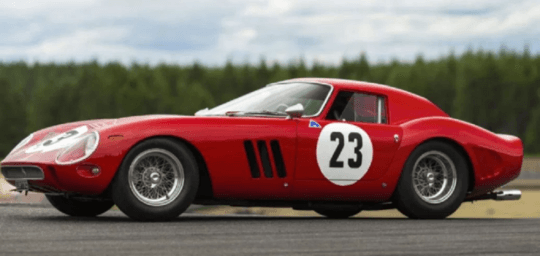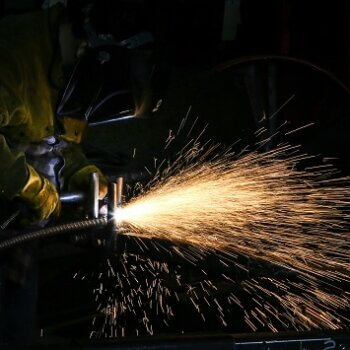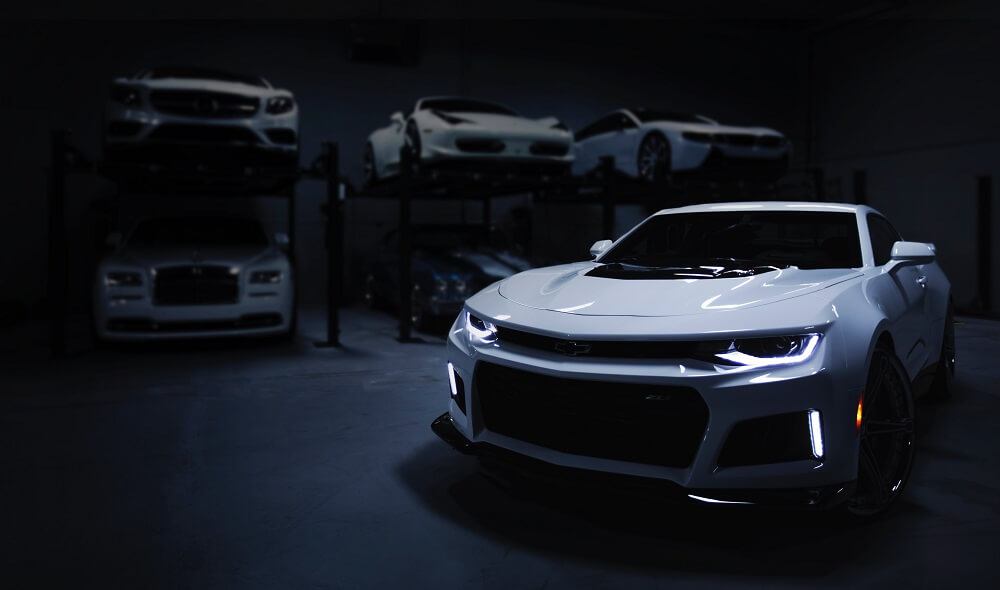
Industrial design in the automotive sector “Renew or Die”
When design makes a difference
The automotive industry demands ongoing innovation to match and sometimes even exceed consumer demand. This leads to relentless innovation in order to stay ahead of the competition, and significant investment in Research and Development. Cars are constantly revamped both internal and externally in order to put new and improved vehicles on the market which are more distinguishable from those of the competitors. But these distinguishing features are not only to enable customers to identify the vehicle by the manufacturer, but also to identify design features such as the hood of the car or the shape of the vehicle headlight or tail light combination.
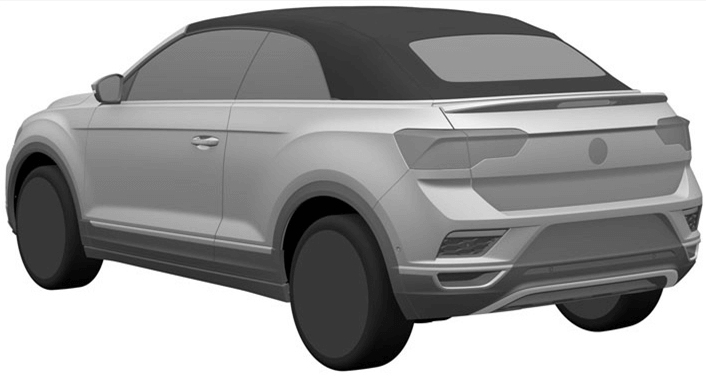
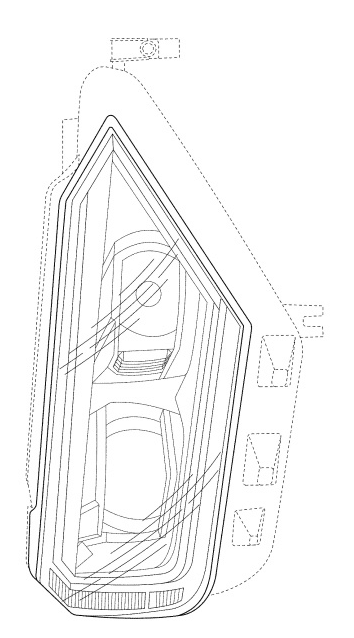
It is worth pointing out that 7 out of 10 of the best-selling vehicles in Europe in 2018 belonged to European automakers. Furthermore, the top three best-selling models came from European automakers -VW Golf, Renault Clio and VW Polo, of which there are between five and seven different editions of each which have been released since the original edition. It is important to note that a registered Community design is valid for 5 years from the filing date and can be renewed for 5‑year periods, up to a maximum of 25 years; whereas an unregistered design only grants protection for 3 years from the date of its first public disclosure within the EU territory.
Examples of the evolution of the Renault Clio:


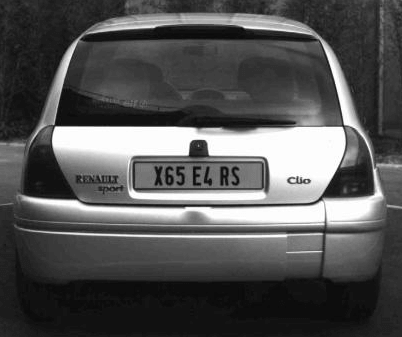

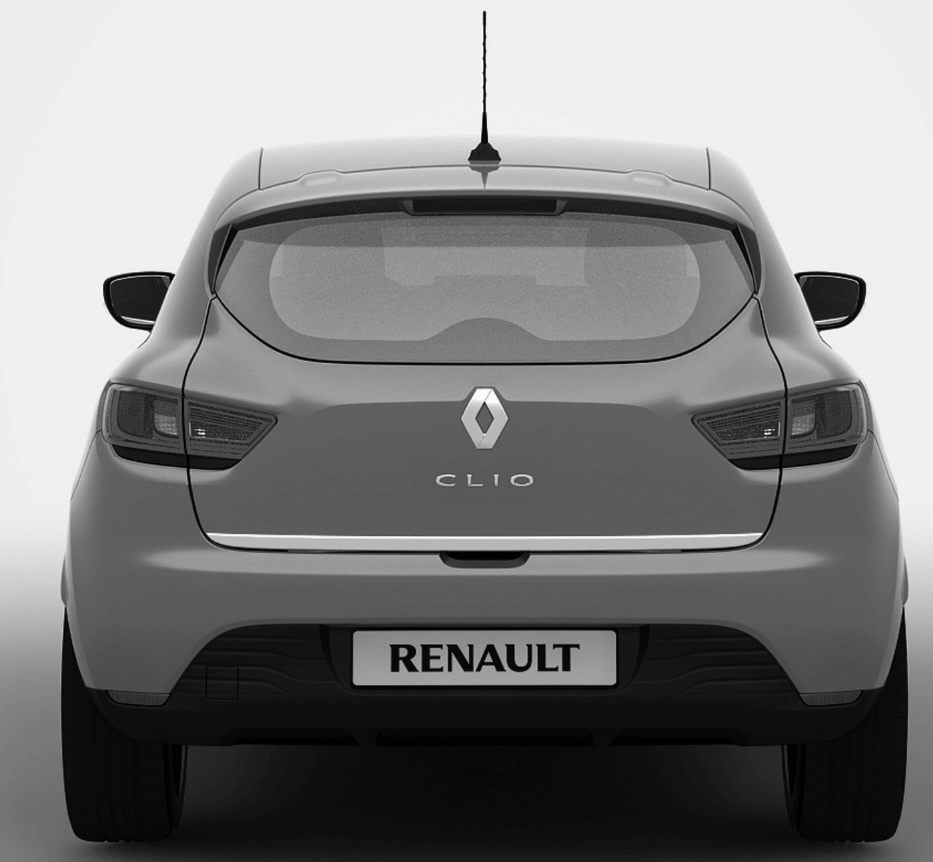
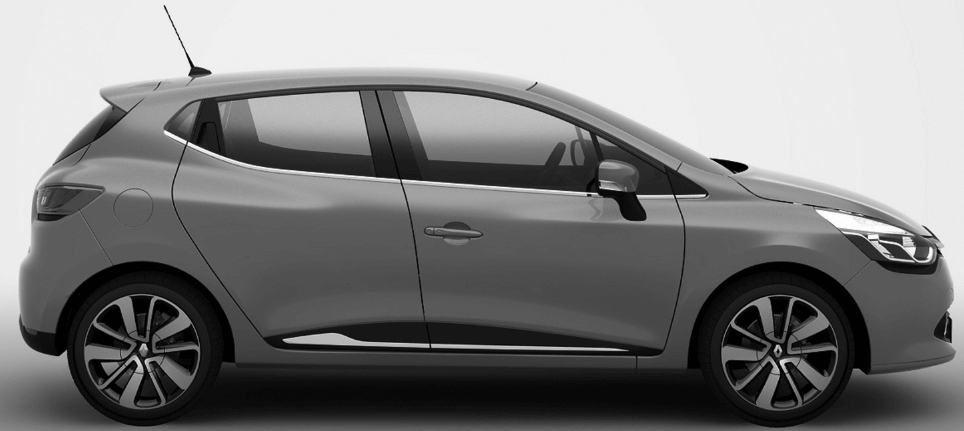
Over the last 5 years, European automakers have filed a large number of industrial design applications covering everything from car wheels to windscreen wipers or pedals, as well as the aforementioned shape of a vehicle headlight or tail light combination. This brief list gives us a rough idea of the importance of design protection for each manufacturer and the amount of money invested in protecting their developments.
A design can obtain Community Design protection to the extent that it is new and has individual character. A design shall be considered to be new if no identical design has been made available to the public; and a design shall be considered to have individual character if the overall impression it produces on the informed user differs from the overall impression produced on such a user by any design which has been made available to the public.
Each new version of a car has quite a few changes compared to the previous edition; thus maintaining the spirit of the vehicle whilst giving it a new look. These changes (e.g. in the shape of the rear-view mirrors, on the dashboard, on the steering wheel, etc.) have undergone extensive analysis to identify the customer’s needs and deliver a new product matching such needs by improving or modifying the former vehicle; thus complying with the indicated requirements of the Council Regulation (EC) No 6/2002.
According to said Regulation, in particular in its Article 3, a “design” means the appearance of the whole or a part of a product resulting from the features of, in particular, the lines, contours, colors, shape, texture and/or materials of the product itself and/or its ornamentation. In accordance with the terms of the Directive, it is clear that the modifications carried out on each small part of a car at the time of introducing a new version to the market comply with the conditions set out in this paragraph of Article 3.
A fresh industrial design adds value to the final product, making it more attractive and appealing to customers. The new design features can even become the main reason why the consumer buys the product. Therefore, the protection of valuable designs is often a key part of the business strategy of any automotive designer or manufacturer. By formally protecting an industrial design through registration in a national or regional office, the applicant obtains the exclusive rights to prevent the non-authorized reproduction or imitation of the design by third parties. This is a logical business practice that improves a company’s competitive position and often brings additional profits.
As the well- known quote goes; “a picture is worth more than 1000 words”- and on the topic of design, it won’t be any less.


